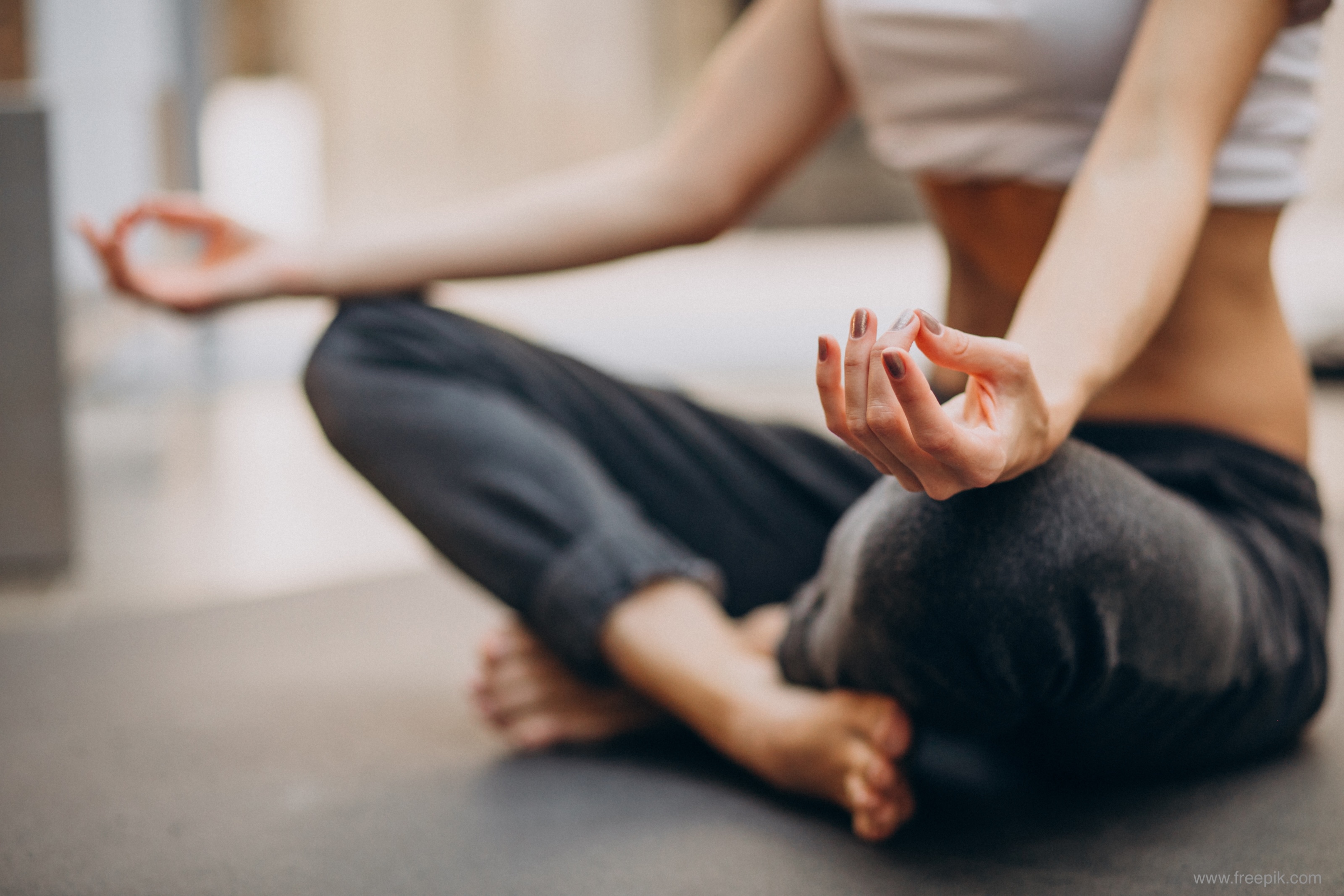When we hear the word yoga, often images of serene poses or gentle stretches come to mind. While physical postures (asanas) are a familiar and important part of modern yoga, they represent just one facet of a profound and ancient tradition. Yoga, as outlined in the Yoga Sutras of Patanjali (200 BCE–400 CE), offers a holistic path for cultivating balance in body, mind, and spirit. At the heart of these teachings is Ashtanga Yoga—the Eightfold Path—a framework that guides practitioners through ethical living, self-discipline, and inner transformation.
In this journey, we’ll dive into Patanjali’s Eight Limbs and explore how their philosophy can enrich your life far beyond what happens on the mat.
What Are Patanjali’s Eight Limbs of Yoga?
The Eight Limbs, or Ashtanga (from ashta meaning "eight" and anga meaning "limb"), are a step-by-step framework for ethical living, self-discipline, and deep inner awareness. Together, they pave the way toward spiritual freedom, or samadhi—a state of profound peace and unity.
Let’s explore the unique essence of each limb:
1. Yamas (Ethical Disciplines)
The Yamas are guiding principles for building harmonious relationships—both with others and yourself. Practicing these values fosters trust, respect, and understanding in all areas of life:
Ahimsa (Non-violence):
Act with kindness and compassion, ensuring your words and deeds uplift rather than harm.
Satya (Truthfulness):
Be honest and authentic, staying true to your values and intentions.
Asteya (Non-stealing):
Respect boundaries, take only what is freely given, and cultivate gratitude for what you have.
Brahmacharya (Right use of energy):
Use your energy wisely, honoring both yourself and others.
Aparigraha (Non-possessiveness):
Let go of unnecessary attachments and embrace simplicity.
2. Niyamas (Personal Disciplines)
The Niyamas encourage self-care and inner growth, providing tools for a more centered life:
Shaucha (Cleanliness):
Maintain purity and clarity in your body, thoughts, and surroundings.
Santosha (Contentment):
Cultivate gratitude and peace by embracing the present moment as it is.
Tapas (Self-discipline):
Commit to practices that spark growth and positive change.
Swadhyaya (Self-study):
Reflect on yourself and your experiences to gain deeper self-awareness.
Ishvarapranidhana (Surrender to a higher power):
Trust in something greater than yourself, letting go of the need to control every outcome.
3. Asana (Physical Postures)
Though modern yoga often focuses on dynamic poses, the original purpose of asana was to prepare the body for meditation. By cultivating physical stability and awareness, asana lays the foundation for deeper practices.
4. Pranayama (Breath Control)
Pranayama, or “extension of life force,” focuses on conscious breathing to energize, calm, and center the mind. It bridges the gap between body and mind, anchoring you fully in the present.
5. Pratyahara (Withdrawal of the Senses)
Pratyahara helps you shift your focus inward, gently tuning out external distractions. This practice creates space for deep self-reflection and inner awareness.
6. Dharana (Concentration)
Dharana is the art of one-pointed focus, whether on a mantra, the breath, or an image. It sharpens your attention and helps the mind become steady and clear.
7. Dhyana (Meditation)
Dhyana builds on concentration, guiding you into a state of sustained meditation. Here, thoughts quiet, and you experience presence, spaciousness, and connection.
8. Samadhi (Absorption)
Samadhi is the pinnacle of yoga practice—an experience of profound unity and peace, where the illusion of separateness dissolves. It represents the ultimate goal of yoga: wholeness and liberation.
Did You Know?
Yoga Has Ancient Roots:
Yoga’s roots stretch back over 2,500 years in Indian philosophy, with Patanjali’s Yoga Sutras (ca. 200 BCE–400 CE) offering a concise guide to the yogic path. It shares roots with Hinduism and shows philosophical parallels with Buddhism and Jainism, especially in its emphasis on meditation, ethics, and liberation.
You May Already Practice It:
Every time you breathe deeply, choose kindness, or pause to reconnect, you’re living a part of yoga’s philosophy.
Samadhi isn’t Just for Sages:
Those moments of deep peace and joy in everyday life are glimpses of yoga’s ultimate unity.
Yoga Beyond the Mat
Yoga is more than physical poses—it’s a way of living with greater awareness, resilience, and connection. Each limb offers practical tools to help you grow, both on and off the mat. Start small: a kind thought, a single mindful breath, or a moment of stillness in your day. Even the simplest steps can ignite meaningful transformation.
Ready to delve deeper into these teachings? Check out Lumaya’s events page and discover inspiring opportunities for growth, connection, and conscious living!
